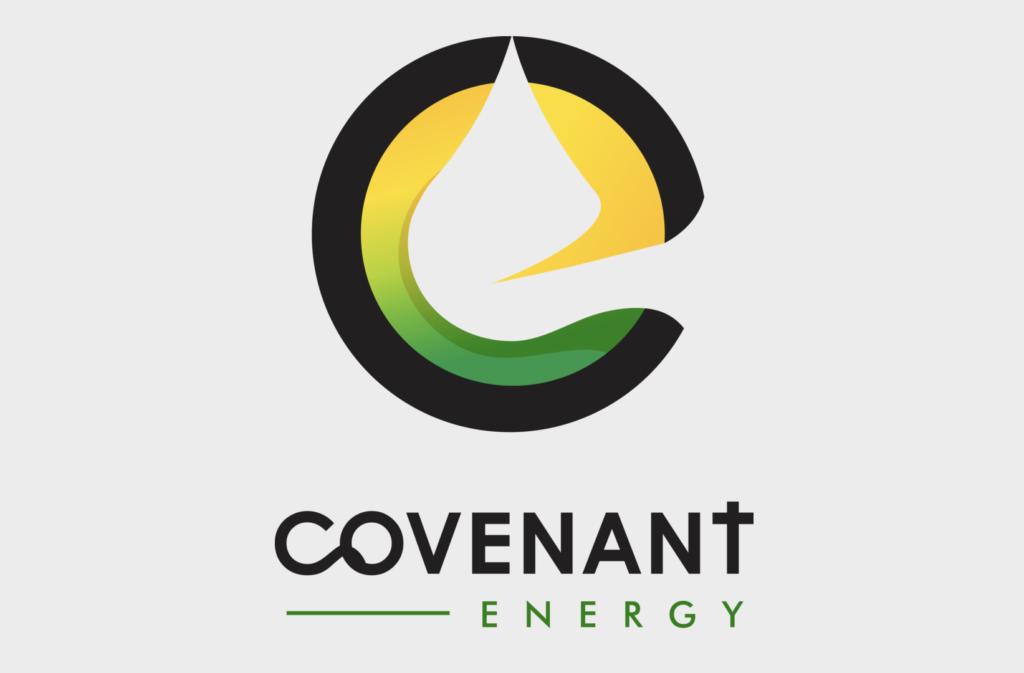Canada-based Covenant Energy has chosen Haldor Topsoe’s HydroFlex technology to aid in the production of renewable diesel fuel made from vegetable oil. Set to be built in Saskatchewan, Canada, the renewable diesel unit will be capable of producing 6,500 barrels per day, with operation expected to begin at the start of 2024.
The renewable diesel produced at the Covenant Energy facility will have an 80-85% lower carbon footprint than traditional diesel, supporting Canada’s goal of becoming carbon neutral by 2050. H2bridge hydrogen technology based on the modular and highly efficient Haldor Topsoe Convection Reformer (HTCR) technology will also be provided by Haldor.
Using the HydroFlex technology, users can convert low-value feedstocks into renewable fuels that qualify for the California Low Carbon Fuel Standard (LCFS) credit. The process layout offers lower capital expenditure (capex) and low energy consumption during operation. The HydroFlex system can be deployed in grassroots setups and also in revamps for co-processing or in standalone applications.
The H2bridge technology from Topsoe will deliver a circular solution to refineries and biorefineries by replacing fossil feedstocks with alternative renewable LPG or naphtha to produce renewable hydrogen. This will result in vast greenhouse gas emissions savings and reduce the carbon intensity of renewable fuels produced using the HydroFlex system.
Founded in 2019, Covenant Energy will develop a standalone hydrogenation-derived renewable diesel (HDRD) refinery in Canada, seeking to transform renewable feedstocks like Canadian prairie-grown canola oil into a premium, reusable, sustainable diesel product.
The company estimates that the facility will create demand for around 35 million bushels of canola seed to produce 325-350,000 tons of canola oil feedstock annually.
Although the main aim is to use Canadian canola oil as the feedstock and ship renewable fuels throughout Canada and its northern communities, the proposed location for the site means it will be situated on a Class 1 railway, enabling access to feedstock from all over Canada and the US, alongside the ability to sell to the US market.



